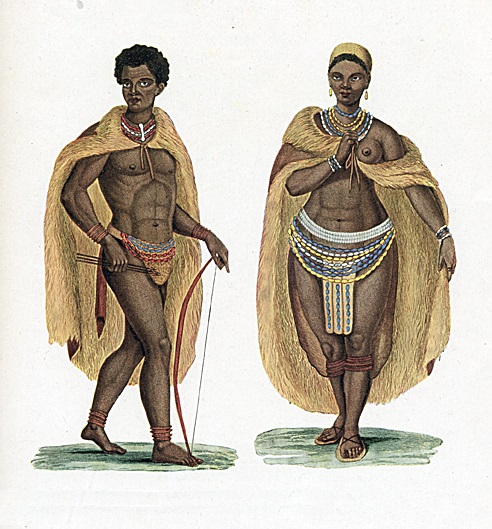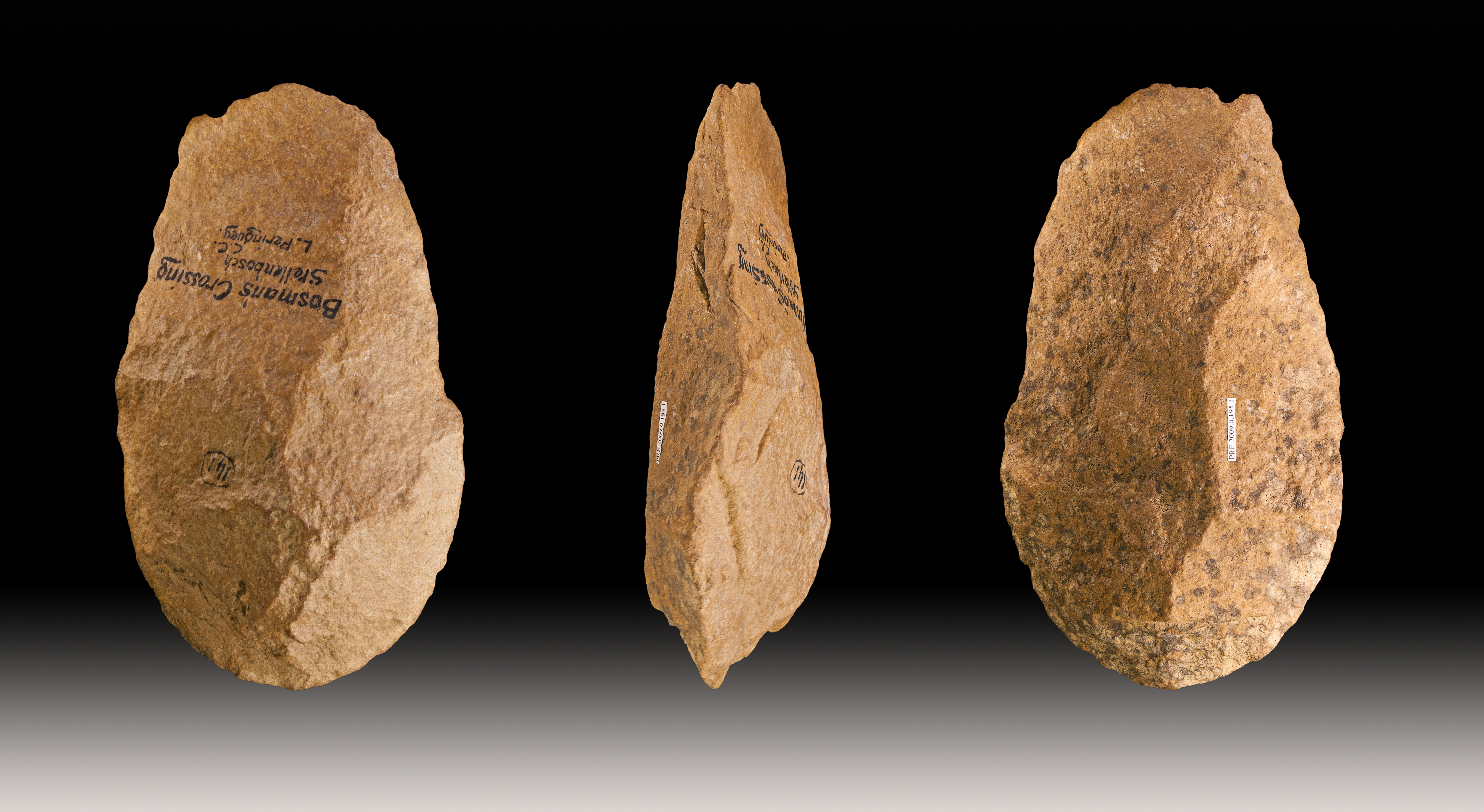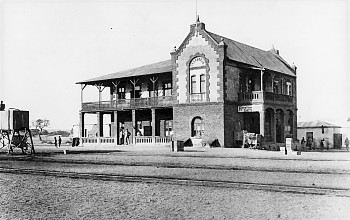|
Rudolf Marloth
Hermann Wilhelm Rudolf Marloth (28 December 1855 Lübben, Germany – 15 May 1931 Caledon, Cape Province) was a German-born South African botanist, pharmacist and analytical chemist, best known for his ''Flora of South Africa'' which appeared in six superbly illustrated volumes between 1913 and 1932. This botanist is denoted by the author abbreviation when citing a botanical name. Biography Early life Marloth studied pharmacy in Lübben from 1873-1876. after which he worked at various pharmacies in Germany and Switzerland, then formally qualified as a pharmacist at the University of Berlin. In 1883 he was awarded a doctorate for his thesis "''The protective mechanisms employed by seeds against harmful agents''". He arrived in Cape Town on 30 December 1883 after being urged to do so by a schoolfriend who had already settled there. During his first year there he worked as a pharmacist for the firm of Wentzel and Schleswig. He was enthralled by Cape Town and Table Mountain and ... [...More Info...] [...Related Items...] OR: [Wikipedia] [Google] [Baidu] |
South West Africa
South West Africa ( af, Suidwes-Afrika; german: Südwestafrika; nl, Zuidwest-Afrika) was a territory under South African administration from 1915 to 1990, after which it became modern-day Namibia. It bordered Angola (Portuguese colony before 1975), Botswana ( Bechuanaland before 1966), South Africa, and Zambia (Northern Rhodesia before 1964). Previously the German colony of South West Africa from 1884–1915, it was made a League of Nations mandate of the Union of South Africa following Germany's defeat in the First World War. Although the mandate was abolished by the United Nations in 1966, South African control over the territory continued despite its illegality under international law. The territory was administered directly by the South African government from 1915 to 1978, when the Turnhalle Constitutional Conference laid the groundwork for semi-autonomous rule. During an interim period between 1978 and 1985, South Africa gradually granted South West Africa a limited f ... [...More Info...] [...Related Items...] OR: [Wikipedia] [Google] [Baidu] |
Knysna
Knysna () is a town with 76,150 inhabitants (2019 mid-year estimates) in the Western Cape province of South Africa. and is one of the destinations on the loosely defined Garden Route tourist route. It lies at 34° 2' 6.3168'' S and 23° 2' 47.2884'' E., and is situated 60 kilometres east of the city of George on the N2 highway, and 33 kilometres west of the Plettenberg Bay on the same road. History Early history Forty fossilised hominid footprints, dating to about 90,000 years ago, along with various other archaeological discoveries suggest that humans have lived in Knysna for well over 300,000 years. The first of these were various San Hunter-gatherer peoples who inhabited most of Southern Africa in paleolithic. The San were gradually displaced and absorbed by south migrating Khoekhoe peoples. Houtunqua (Outeniqua) Khoe The indigenous inhabitants of the Knysna area are a southern Khoekhoe people called the Houtunqua or Outeniqua. Their name means "The People Who Bear Hon ... [...More Info...] [...Related Items...] OR: [Wikipedia] [Google] [Baidu] |
Stellenbosch
Stellenbosch (; )A Universal Pronouncing Gazetteer. Thomas Baldwin, 1852. Philadelphia: Lippincott, Grambo & Co.A Grammar of Afrikaans. Bruce C. Donaldson. 1993. Berlin: Walter de Gruyter. is a town in the Western Cape province of South Africa, situated about east of Cape Town, alo ... [...More Info...] [...Related Items...] OR: [Wikipedia] [Google] [Baidu] |
Tulbagh
Tulbagh, named after Dutch Cape Colony Governor Ryk Tulbagh, is a town located in the "Land van Waveren" mountain basin (also known as the Tulbagh basin), in the Winelands of the Western Cape, South Africa. The basin is fringed on three sides by mountains, and is drained by the Klein Berg River and its tributaries. The nearest towns are Ons Rust and Gouda beyond the Nuwekloof Pass, Wolseley some to the south inside the basin, and Ceres and Prince Alfred Hamlet beyond Michell's Pass in the Warm Bokkeveld. History The basin has been inhabited for thousands of years by indigenous Bushmen and Khoi-San peoples. It was about 300 years ago when, after a land grant by the Dutch Colonial Government to a more or less equal number of Dutch and Huguenot settlers to settle the area, that the town of Tulbagh was founded. The region was named "Land van Waveren" in 1699 by Willem Adriaan van der Stel in honour of the Oetgens van Waveren family, from which his mother was descended. Befor ... [...More Info...] [...Related Items...] OR: [Wikipedia] [Google] [Baidu] |
Mountain Club Of South Africa
The Mountain Club of South Africa (MCSA) is the largest and oldest mountaineering club in South Africa. It facilitates and engages in mountaineering, climbing of all types, bouldering, hiking, international expeditions, mountain search and rescue, training, conservation of mountain areas, and procurement of access for mountaineering. History The MCSA was founded in 1891 and hence is one of the oldest mountaineering clubs in the world. Since its establishment, the MCSA has been embedded with and reflected, the political ideology and interests of the social and governing class during the colonial and segregation eras. This situation prevailed for most of the apartheid era, when the club finally opened its membership to all, regardless of race and the first black member was admitted in 1986. The MCSA is the only mountain club in Africa affiliated with the world mountaineering body, the UIAA. Members of the MCSA have climbed and hiked on all the major mountain ranges throughout the ... [...More Info...] [...Related Items...] OR: [Wikipedia] [Google] [Baidu] |
Clanwilliam, Western Cape
Clanwilliam is a town in the Olifants River valley in the Western Cape, South Africa, about north of Cape Town. It is located in, and the seat of, the Cederberg Local Municipality. Clanwilliam had a population of 7,674. Geography John Cradock, the Governor of the Cape Colony (1811–1814), named the town after his father-in-law, The 1st Earl of Clanwilliam, an Anglo-Irish nobleman. Clanwilliam is situated at an elevation of , between the western slopes of the Cederberg mountains and the east bank of the Olifants River, which is impounded there by the Clanwilliam Dam. It is located just off the N7 national road, which runs from Cape Town to the Namibian border, and on the R364 road, which runs from Lamberts Bay to Calvinia. Clanwilliam is from Cape Town by road. The Dutch Reform Church has been a scheduled national monument since 1973. The mission there used to run a school where Harold Cressy once taught whilst studying to become the first coloured man to gain a degree in ... [...More Info...] [...Related Items...] OR: [Wikipedia] [Google] [Baidu] |
Stellenbosch University
Stellenbosch University ( af, Universiteit Stellenbosch) is a public research university situated in Stellenbosch, a town in the Western Cape province of South Africa. Stellenbosch is the oldest university in South Africa and the oldest extant university in Sub-Saharan Africa, together with the University of Cape Town - which received full university status on the same day in 1918. Stellenbosch University (abbreviated as SU) designed and manufactured Africa's first microsatellite, SUNSAT, launched in 1999. Stellenbosch University was the first African university to sign the Berlin Declaration on Open Access to Knowledge in the Sciences and Humanities. The students of Stellenbosch University are nicknamed "Maties". The term probably arises from the Afrikaans word "tamatie" (meaning tomato, and referring to the maroon sports uniforms and blazer colour). An alternative theory is that the term comes from the Afrikaans colloquialism ''maat'' (meaning "buddy" or "mate"), originally ... [...More Info...] [...Related Items...] OR: [Wikipedia] [Google] [Baidu] |
Adolf Engler
Heinrich Gustav Adolf Engler (25 March 1844 – 10 October 1930) was a German botanist. He is notable for his work on plant taxonomy and phytogeography, such as ''Die natürlichen Pflanzenfamilien'' (''The Natural Plant Families''), edited with Karl A. E. von Prantl. Even now, his system of plant classification, the Engler system, is still used by many herbaria and is followed by writers of many manuals and floras. It is still the only system that treats all 'plants' (in the wider sense, algae to flowering plants) in such depth. Engler published a prodigious number of taxonomic works. He used various artists to illustrate his books, notably Joseph Pohl (1864–1939), an illustrator who had served an apprenticeship as a wood-engraver. Pohl's skill drew Engler's attention, starting a collaboration of some 40 years. Pohl produced more than 33 000 drawings in 6 000 plates for ''Die naturlichen Pflanzenfamilien''. He also illustrated ''Das Pflanzenreich'' (1900–1953), ''Die P ... [...More Info...] [...Related Items...] OR: [Wikipedia] [Google] [Baidu] |
Okahandja
Okahandja is a city of 24,100 inhabitants in Otjozondjupa Region, central Namibia, and the district capital of the Okahandja electoral constituency. It is known as the ''Garden Town of Namibia''. It is located 70 km north of Windhoek on the B1 road. It was founded around 1800, by two local groups, the Herero and the Nama. History Okahandja means ''the place where two rivers'' (Okakango and Okamita) ''flow into each other to form one wide one'' in Otjiherero. A German pastor, Heinrich Schmelen, became the first European to visit the town in 1827. In 1844, two missionaries were permanently assigned to the town, Heinrich Kleinschmidt and Hugo Hahn. A church dates from this period. A military post was established at the initiative of Theodor Leutwein in 1894, and it is this date that is officially recognized as the town's founding.Okahandja Hi ... [...More Info...] [...Related Items...] OR: [Wikipedia] [Google] [Baidu] |
Otjimbingwe
Otjimbingwe (also: Otjimbingue) is a settlement in the Erongo Region of central Namibia. It has approximately 8,000 inhabitants. History The area was already a temporary settlement of some Herero in the early 18th century. Their chief Tjiponda coined the name ''Otjizingue'' ( hz, refreshing place, referring to the natural spring) from which the settlement's name developed. The Rhenish Mission Society used Otjimbingwe as a central location for their Namibian mission in 1849. Johannes Rath and his family settled in the area on 11 July that year. In 1854, copper was found in the nearby Khomas highlands and the Walwich Bay Mining Company established its offices in the city. Miners and merchants flocked to the settlement, and the researcher and businessman Karl Johan Andersson bought the entire settlement in 1860. He sold it five years later to the Rhenish Missionary Society. However the supply had been exhausted by that time, and the mining operations ceded. The settlement was a ... [...More Info...] [...Related Items...] OR: [Wikipedia] [Google] [Baidu] |
Karibib
, nickname = , settlement_type = Town , motto = , image_skyline =Karibib aerial view.jpg , imagesize =300 , image_caption =Karibib aerial view 2017 , image_flag = , flag_size = , image_seal = , seal_size = , image_shield = , shield_size = , image_blank_emblem = , blank_emblem_type = , blank_emblem_size = , image_map = , mapsize = , map_caption = , pushpin_map = Namibia , pushpin_label_position =bottom , pushpin_mapsize =300 , pushpin_map_caption =Location in Namibia , subdivision_type = Country , subdivision_name = , subdivision_type1 = Region , subdivision_name1 = Erongo Region , subdivision_type2 = Constituency , subdivision_name2 = Karibib Constituency , subdivision_type3 = , subdivision_name3 = , government_footnotes = ... [...More Info...] [...Related Items...] OR: [Wikipedia] [Google] [Baidu] |








